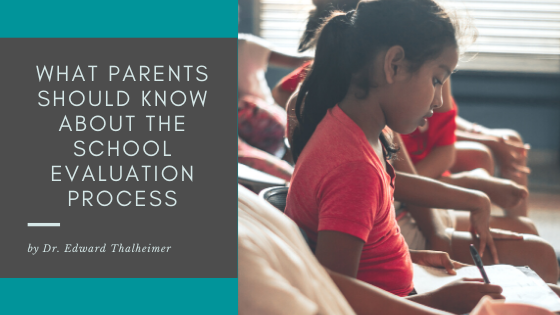Many children have ADHD and other learning disabilities. These children need to find school services and support services that cater to their unique needs. These children’s needs and education rights are well stated in the IDEA. IDEA stands for Individuals with Disability Education Act. The act provides that an evaluation be done for these students. The purpose of the assessment is to determine how and why the child is struggling. Here, we will help you understand what entails a school evaluation process.
Steps in the IEP Process
Consent
The first step in the evaluation process is giving written consent. This means that the parent or guardian must agree in writing for the evaluation to take place. The school will provide a form called Consent for Initial Evaluation which must be signed. Upon receipt of this form, one should ensure that it is dated. The date is essential as it compels the school to undertake the evaluation within 60 days from the date of submission of the consent.
Additionally, parents will want to make sure they have proof that the school received the signed form. The evidence may be in the form of a stamped receipt or a letter. The receipt or letter must also be dated.
Information Gathering
The second step in the school evaluation process is gathering information. Specific individuals will be requested to provide information about the child. Among those consulted will be the child’s parent, child’s doctor, and teachers.
Educational Testing
The third step in the school evaluation process is performing the test. The school’s psychologist is the one mandated to undertake the test. There are many areas related to general disability that the physiologist will test. These include hearing, vision, general intelligence, communication, motor abilities, and emotional status—all these help assess the children’s overall ability.
Parents and teachers are encouraged to prepare the child for those tests mentally. They should try and explain the situation using age-appropriate language.
Does the Child Qualify for an IEP
The evaluation process’ final step is a meeting of the school’s committee on special education. The meeting’s primary purpose is to determine if the child qualifies for an IEP (individualized education program) under IDEA. To be eligible for an IEP under the IDEA, a child must have one of the 13 classifications of disability.
The IEP Document
If your child qualifies for an IEP, your child’s teachers will craft an IEP that takes into account your input as well as your child’s input. The IEP must include specific information such as:
- the child’s present levels of academic achievement and functional performance, which will include details on how the disability affects the child’s involvement and progress in the general curriculum
- annual goals for progress
- services to be provided or any changes to the curriculum
- how much of the school day the child will spend in classes and activities with nondisabled children
- how/if the child will participate in state and district-wide assessments, including what modifications to tests the child needs
- when services and modifications will begin, how often they will be provided, where they will be provided, and how long they will last
- how progress towards annual goals will be measured
Once the IEP is signed, it becomes a legal contract between the child’s guardian and the school district. Following the initial IEP, you will meet with school faculty each year to review the IEP and determine if goals are being achieved or any changes or revisions are needed.
Dr. Edward S. Thalheimer is the President and Founder of The Tutoring Franchise Corp. For our part, we here at The Tutoring Center® are continuing to provide one-to-one instruction combined with The Rotational Approach to Learning® to prevent children from slipping through the cracks academically. Our programs help children achieve long-term success, build concentration and focus, and, with our outstanding instructors, find the love of learning. Don’t let your child fall behind this school year. If you’re interested in learning more, visit our website at TutoringCenter.com.
